Code
HCS25378
Weight
200 gm / 0.44 lbs
Size
Height
9cm (4") Width
5cm (2") Depth
2.5cm (1") Material
Copper
Availability
Available

Safe Payment
We accept Paypal, Money Transfer, Bank Transfer
Confidence
Protection covers your purchase and personal data.
Worldwide Delivery
We ship Worldwide, except Russia.Shipping cost US$25.2 for upto 0.5 kgs

Hotline
Talk to help line for your question on 9841267335Full Fire Gold Plating
This Buddhist Miniature Statue Of Fasting Buddha, [full Gold Plated] is finished with full gold plating. also known as mercury gold plating or fire gold plating. This traditional technique involves the application of a genuine layer of gold onto the Buddhist Miniature Statue Of Fasting Buddha, [full Gold Plated]. Referred to as mercury gold plating, it is considered the correct and authentic form of gold plating in Nepal. Despite being more expensive than electroplating, this traditional mercury gold plating is gaining popularity again in Nepal. People are drawn to its authenticity, longevity, and the unmatched beauty it brings to the Buddhist Miniature Statue Of Fasting Buddha, [full Gold Plated]. The resurgence of interest in this traditional form of gold plating reflects a growing appreciation for the craftsmanship and cultural heritage of Nepal Read More . . .
This Buddhist Miniature Statue Of Fasting Buddha, [full Gold Plated] is finished with full gold plating. also known as mercury gold plating or fire gold plating. This traditional technique involves the application of a genuine layer of gold onto the Buddhist Miniature Statue Of Fasting Buddha, [full Gold Plated]. Referred to as mercury gold plating, it is considered the correct and authentic form of gold plating in Nepal. Despite being more expensive than electroplating, this traditional mercury gold plating is gaining popularity again in Nepal. People are drawn to its authenticity, longevity, and the unmatched beauty it brings to the Buddhist Miniature Statue Of Fasting Buddha, [full Gold Plated]. The resurgence of interest in this traditional form of gold plating reflects a growing appreciation for the craftsmanship and cultural heritage of Nepal Read More . . .
Ceramic Molding System
The Buddhist Miniature Statue Of Fasting Buddha, [full Gold Plated] has been crafted using the Ceramic mold casting process, a modern approach that provides an alternative to traditional methods such as the lost-wax system or rubber molding. Also referred to as ceramic molding, this technique involves the creation of a ceramic mold to cast the statue. The process begins by making a precise and detailed wax model of the desired sculpture. The wax model is then coated with layers of ceramic material, creating a sturdy mold. Once the mold is complete, it is fired in a kiln, causing the wax to melt and escape, leaving behind a cavity that perfectly replicates the original sculpture. Molten metal is then poured into the mold, allowing it to fill the cavity and take on the desired form. Once cooled and solidified, the ceramic mold is carefully broken away, revealing the final metal statue. Read More . . .
The Buddhist Miniature Statue Of Fasting Buddha, [full Gold Plated] has been crafted using the Ceramic mold casting process, a modern approach that provides an alternative to traditional methods such as the lost-wax system or rubber molding. Also referred to as ceramic molding, this technique involves the creation of a ceramic mold to cast the statue. The process begins by making a precise and detailed wax model of the desired sculpture. The wax model is then coated with layers of ceramic material, creating a sturdy mold. Once the mold is complete, it is fired in a kiln, causing the wax to melt and escape, leaving behind a cavity that perfectly replicates the original sculpture. Molten metal is then poured into the mold, allowing it to fill the cavity and take on the desired form. Once cooled and solidified, the ceramic mold is carefully broken away, revealing the final metal statue. Read More . . .
Brief Introduction :
In Buddhism, there are a variety of attitudes towards different forms of fasting. The Buddha is known to have practiced extreme forms of fasting which led to his emaciation and to have famously abandoned it before his great awakening. Nevertheless, different forms of fasting are practiced in various Buddhist traditions.
Fasting in early Buddhism and Theravada :Buddhist monastics have traditionally followed the prtimoka rules outlined in the various Vinayas, all of which state that one must not eat after the noon meal. Instead, Buddhist texts state that this time should be used for meditation or sutra chanting. Infringing on this rule is considered a pcittika offense that must be confessed. This is not considered fasting, but rather a simple and moderate way of eating that is said to improve one's meditation and health. During special religious observance days, devout lay people will also follow this rule.
The Buddha's Middle Path refers to avoiding extremes of indulgence and self-mortification on the one hand. Prior to attaining nirvana, Shakyamuni followed a strict austerity and fasting regime that was common among the sramana religions of the time, according to early Buddhist texts. These austerities, which he shared with five other ascetics, did not result in spiritual advancement but did cause him to become so emaciated that he could barely stand.
He attained awakening only after abandoning the practice of harsh asceticism, including extreme fasting, and instead focusing on the practice of meditation and jhana. As a result of this experience, the Buddha criticized the fasting practiced by Indian ascetics of his time, such as Jains, who believed that fasting burned off bad karma.
The Buddha's Middle Path refers to avoiding extremes of indulgence and self-mortification on the one hand. Prior to attaining nirvana, Shakyamuni followed a strict austerity and fasting regime that was common among the sramana religions of the time, according to early Buddhist texts. These austerities, which he shared with five other ascetics, did not result in spiritual advancement but did cause him to become so emaciated that he could barely stand.
He attained awakening only after abandoning the practice of harsh asceticism, including extreme fasting, and instead focusing on the practice of meditation and jhana. As a result of this experience, the Buddha criticized the fasting practiced by Indian ascetics of his time, such as Jains, who believed that fasting burned off bad karma.


![Buddhist Miniature Statue Of Fasting Buddha, [full Gold Plated]](https://handicraftseller.com/uploads/pics/product/thumb/2022/04/25378.jpg)
![Buddhist Miniature Statue Of Fasting Buddha, [full Gold Plated]](https://handicraftseller.com/uploads/pics/product/thumb/2022/04/25378_0.jpg)
![Buddhist Miniature Statue Of Fasting Buddha, [full Gold Plated]](https://handicraftseller.com/uploads/pics/product/thumb/2022/04/25378_1.jpg)
![Buddhist Miniature Statue Of Fasting Buddha, [full Gold Plated]](https://handicraftseller.com/uploads/pics/product/thumb/2022/04/25378_2.jpg)

 of Padmasambhava,
of Padmasambhava, 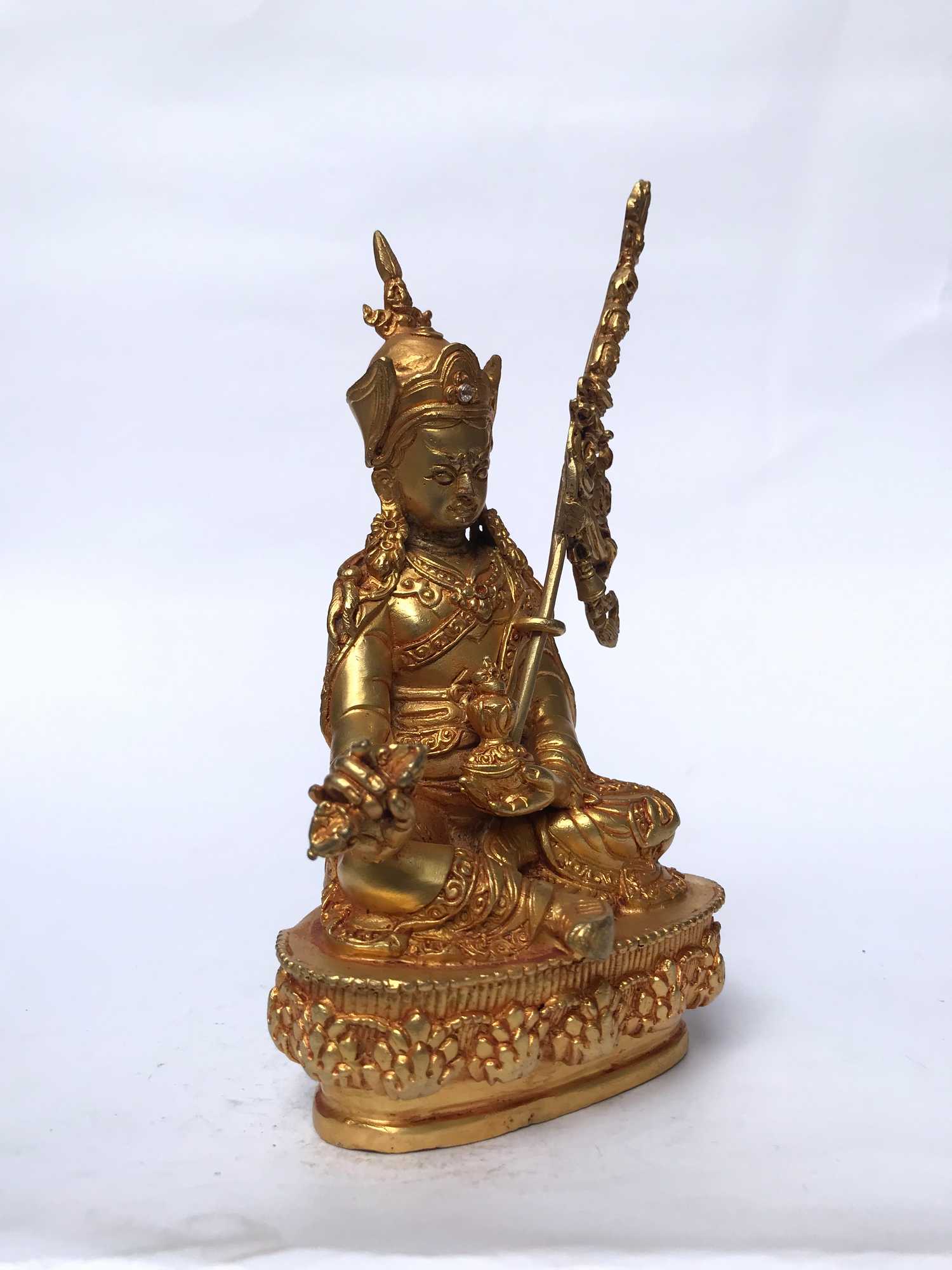 of Padmasambhava,
of Padmasambhava,  of Shakyamuni Buddha,
of Shakyamuni Buddha, 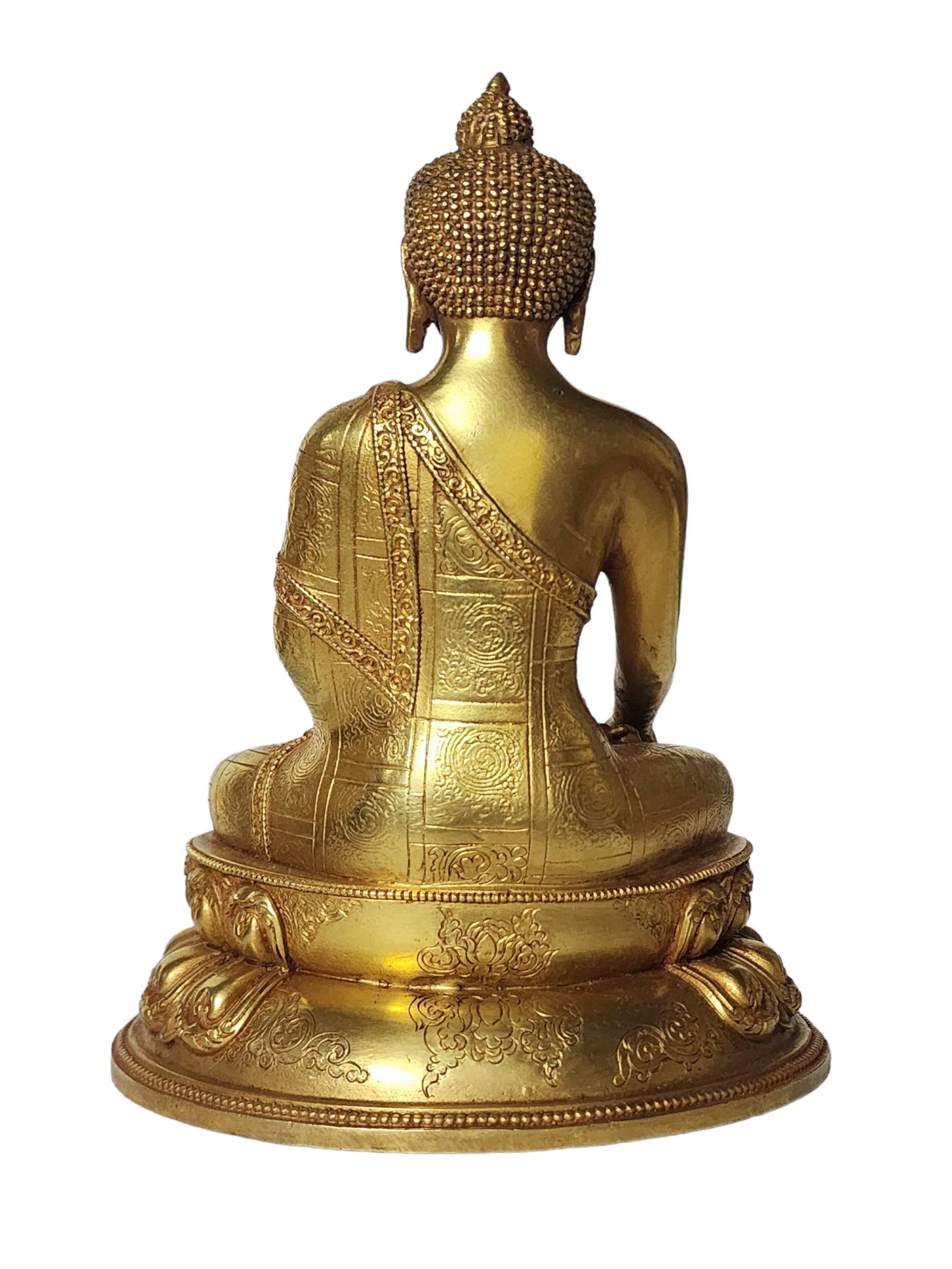 of Shakyamuni Buddha,
of Shakyamuni Buddha,  of Maha Manjushree,
of Maha Manjushree, 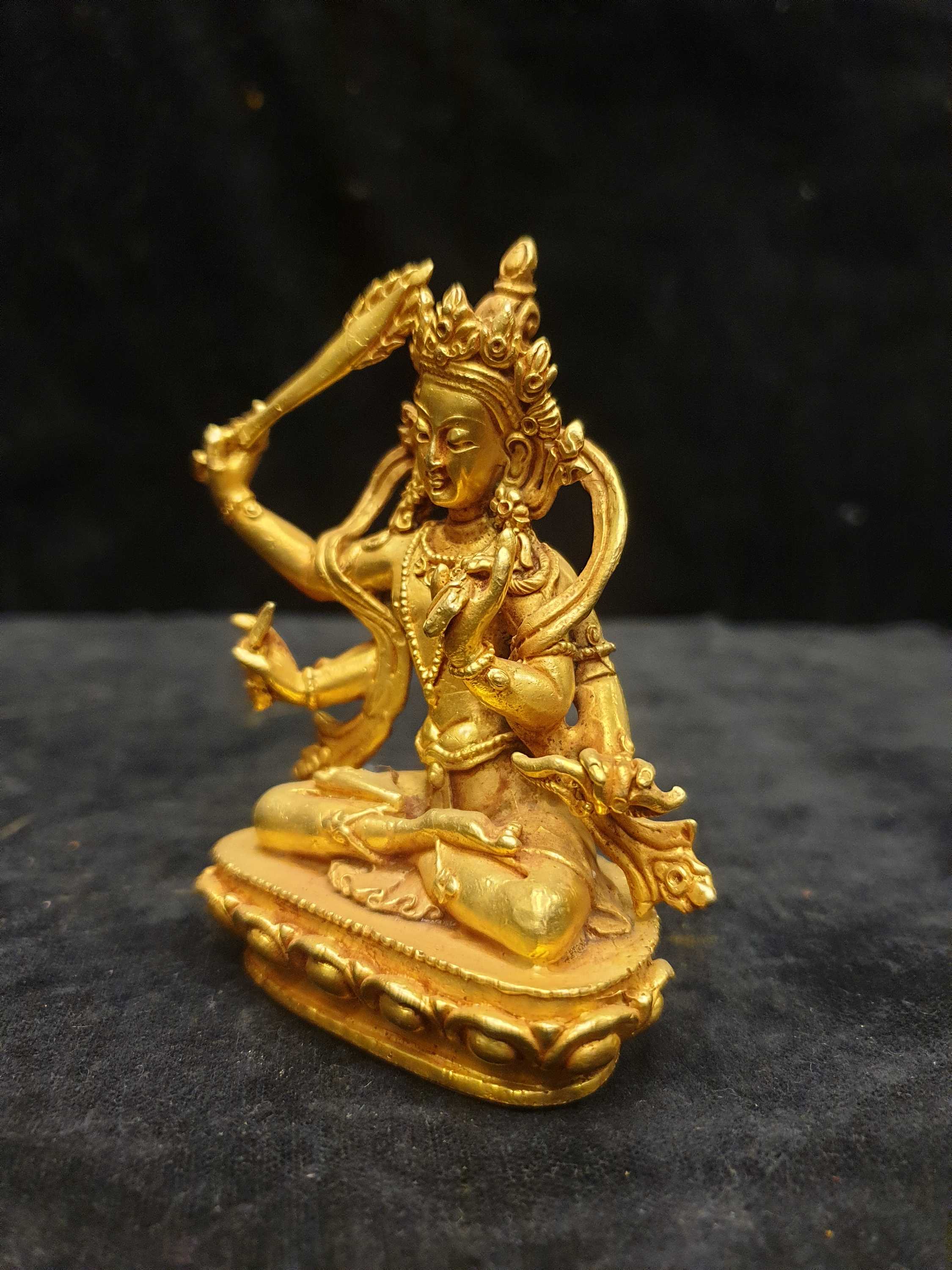 of Maha Manjushree,
of Maha Manjushree, 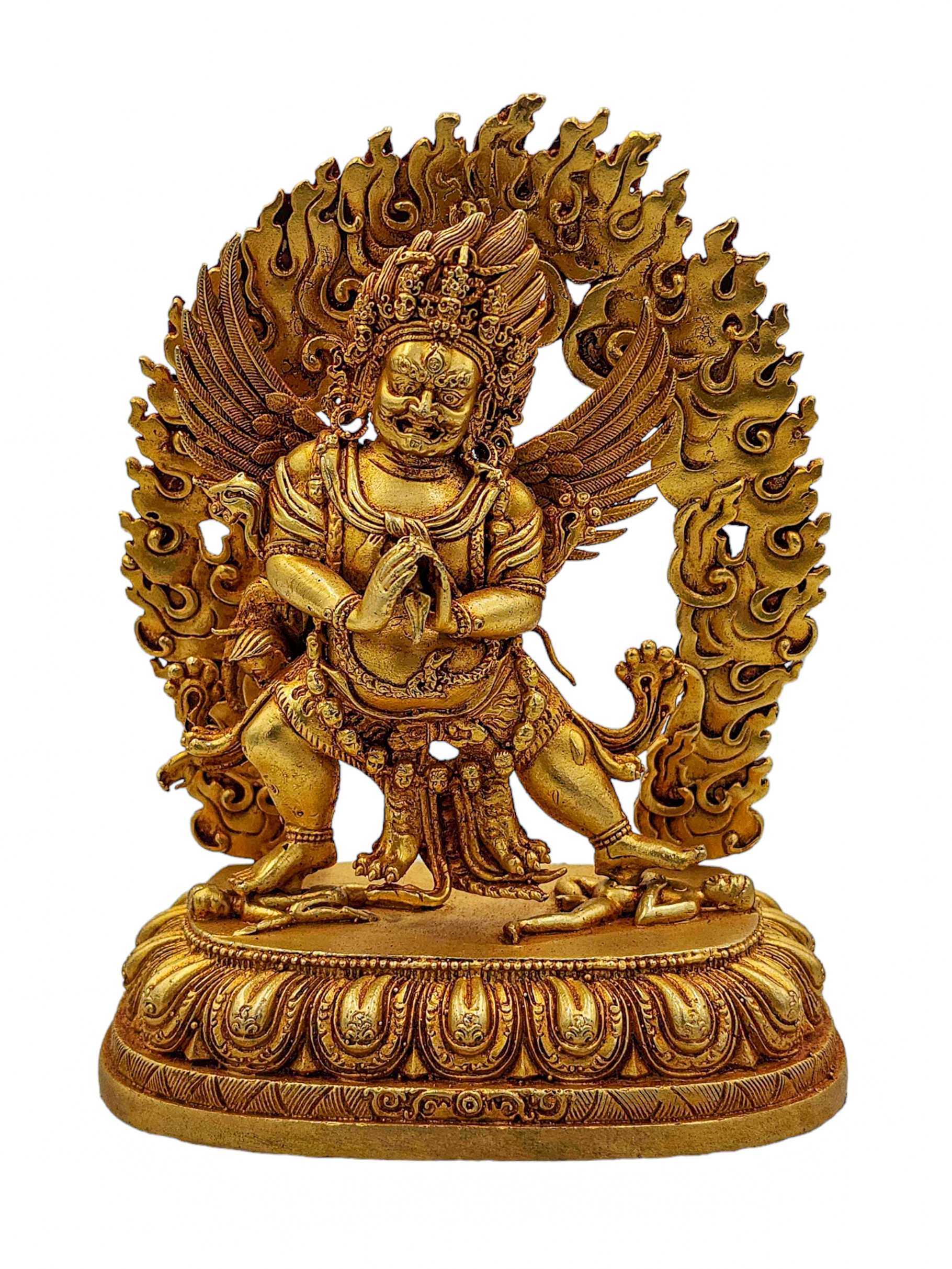 Vajrakilaya, Buddhist Miniature Statue,
Vajrakilaya, Buddhist Miniature Statue, 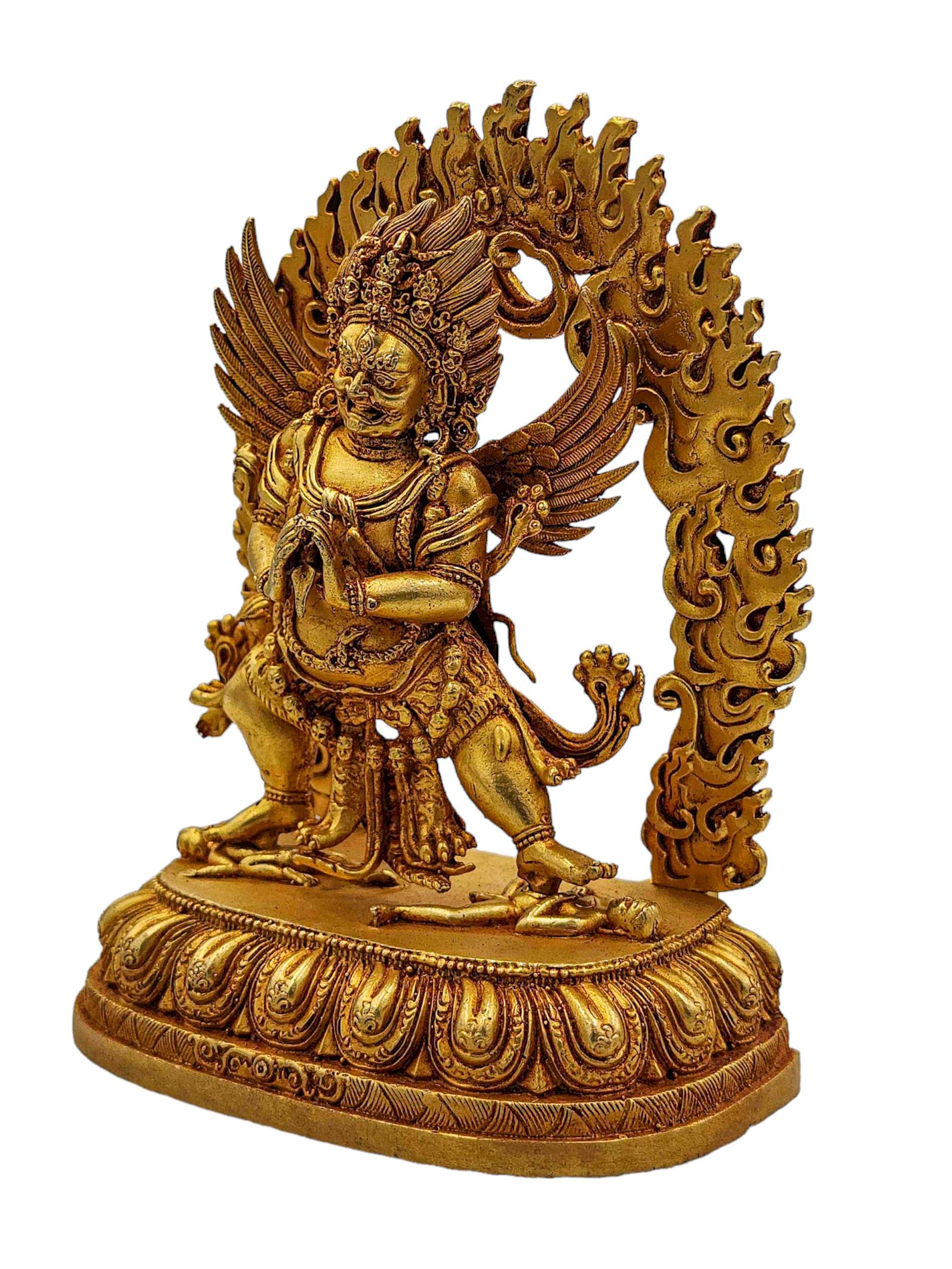 Vajrakilaya, Buddhist Miniature Statue,
Vajrakilaya, Buddhist Miniature Statue, 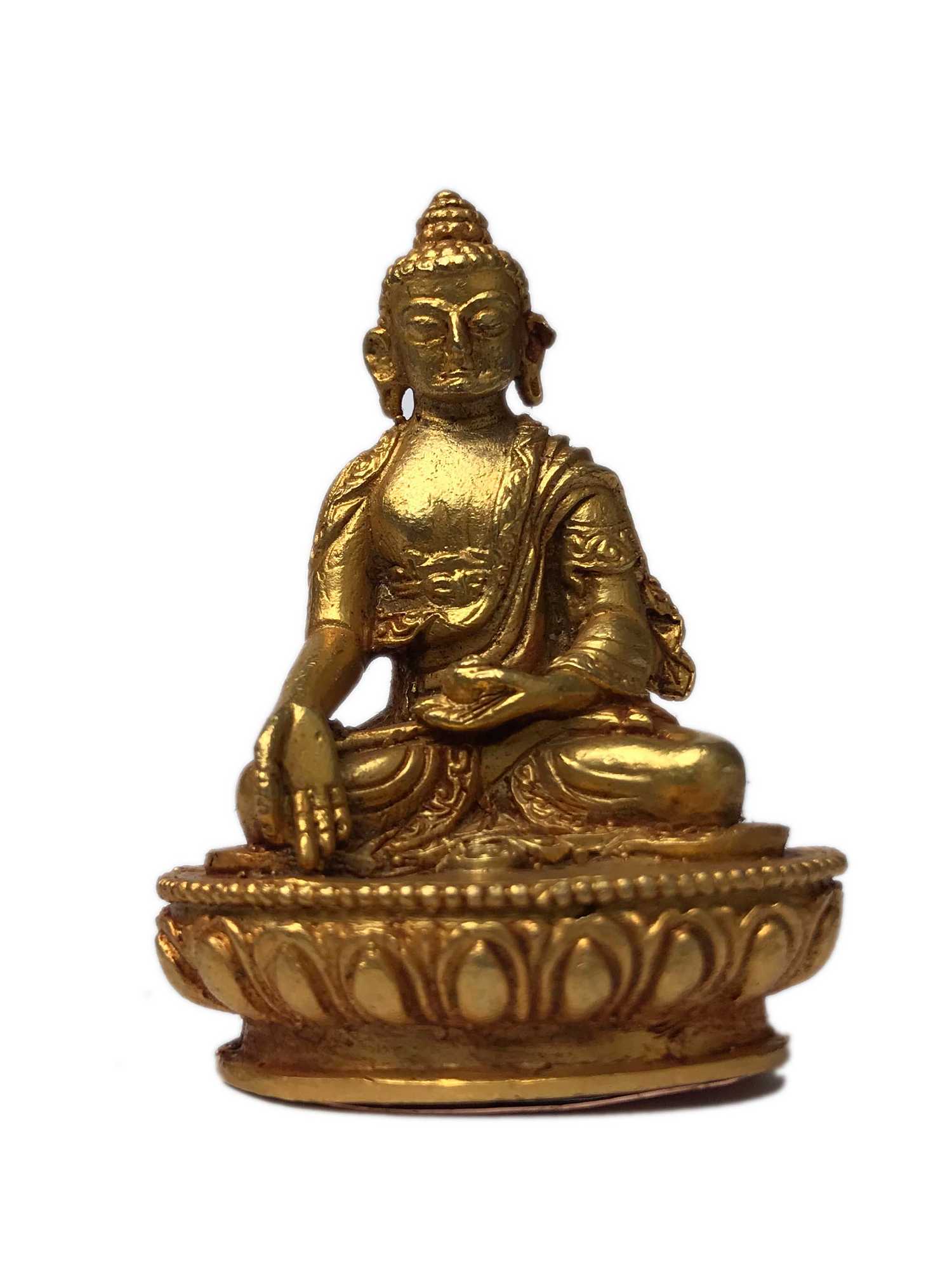 of Ratnasambhava Buddha,
of Ratnasambhava Buddha, 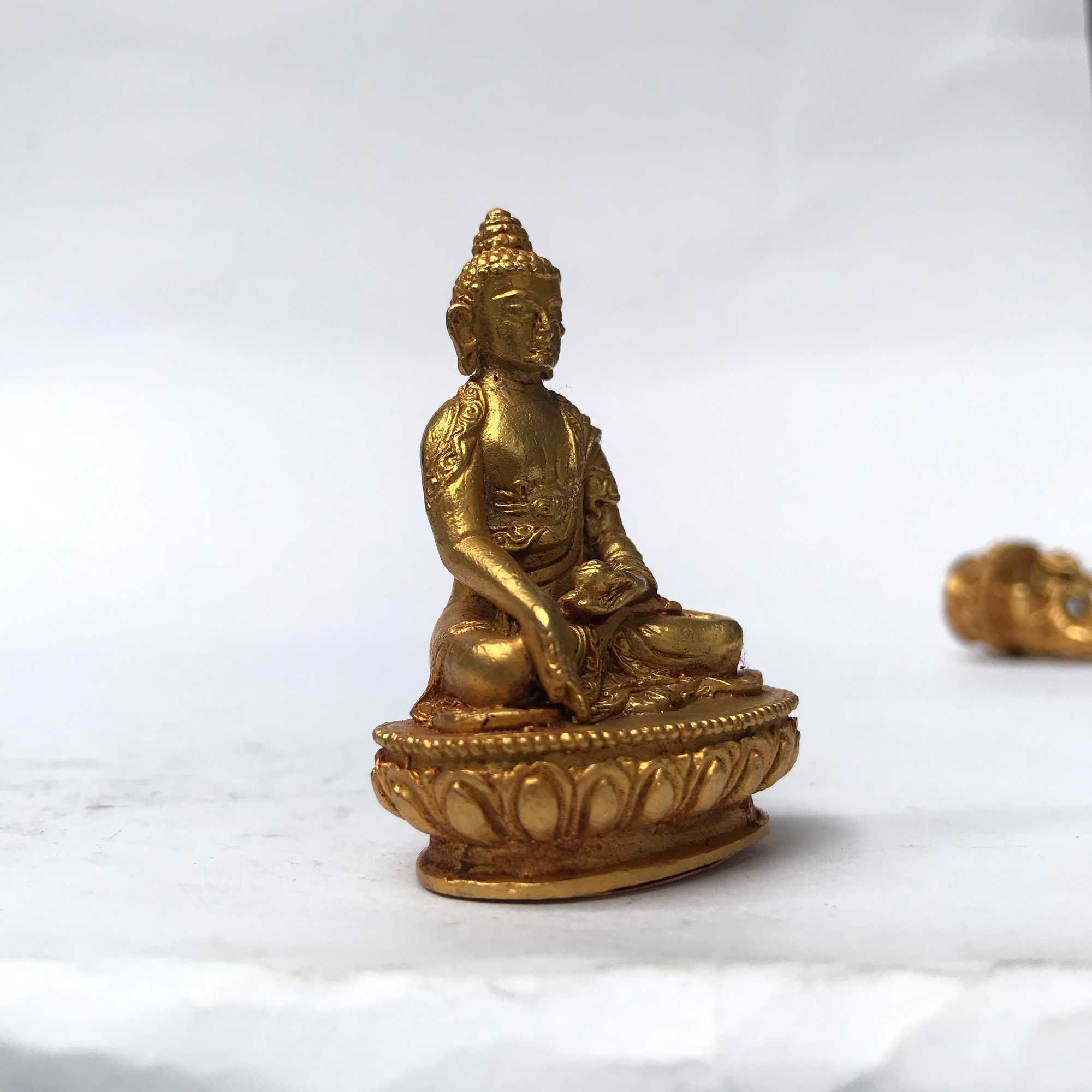 of Ratnasambhava Buddha,
of Ratnasambhava Buddha, 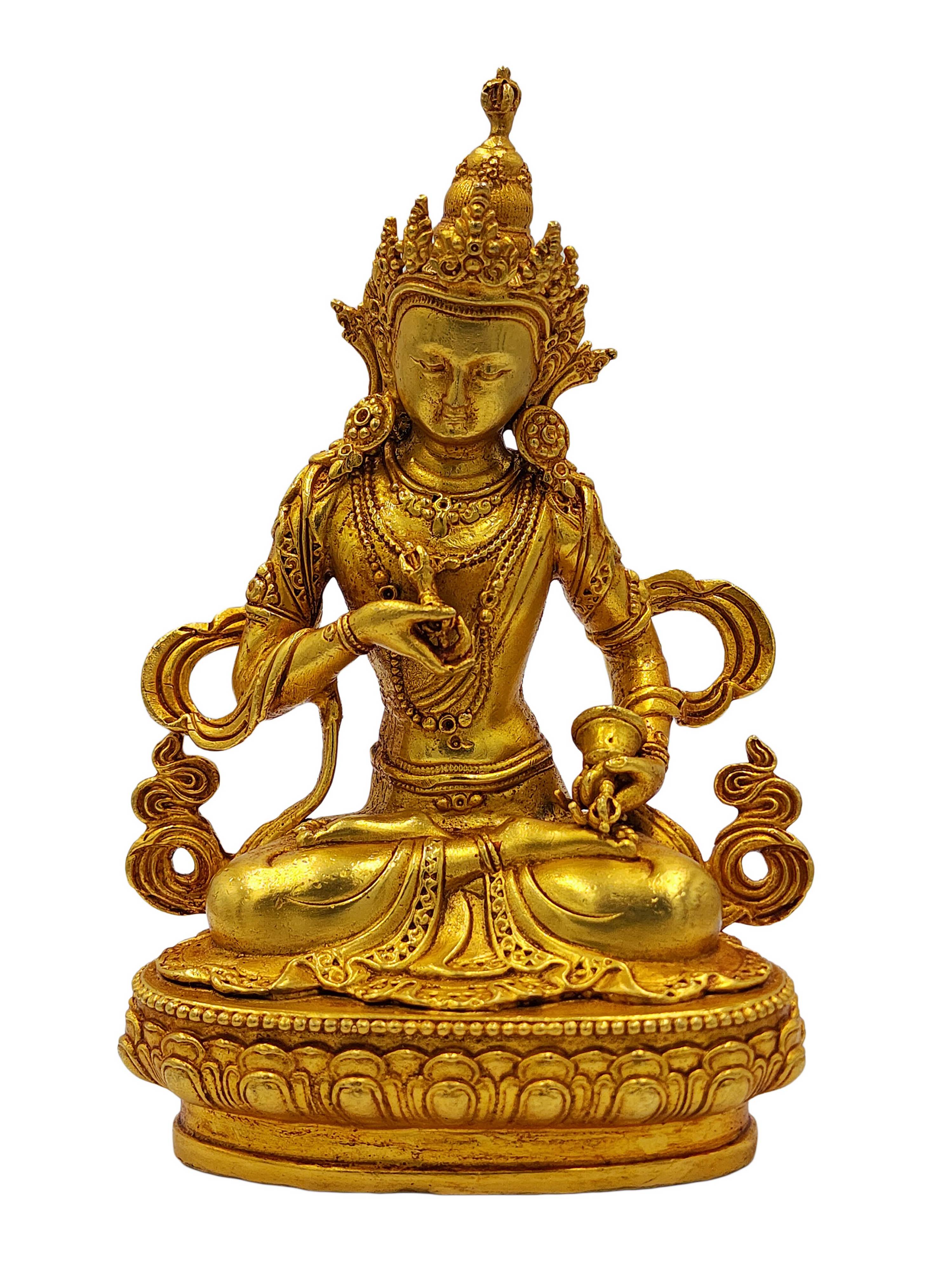 Full Gold Plated" title="Vajrasattva, Buddhist Miniature Statue,
Full Gold Plated" title="Vajrasattva, Buddhist Miniature Statue, 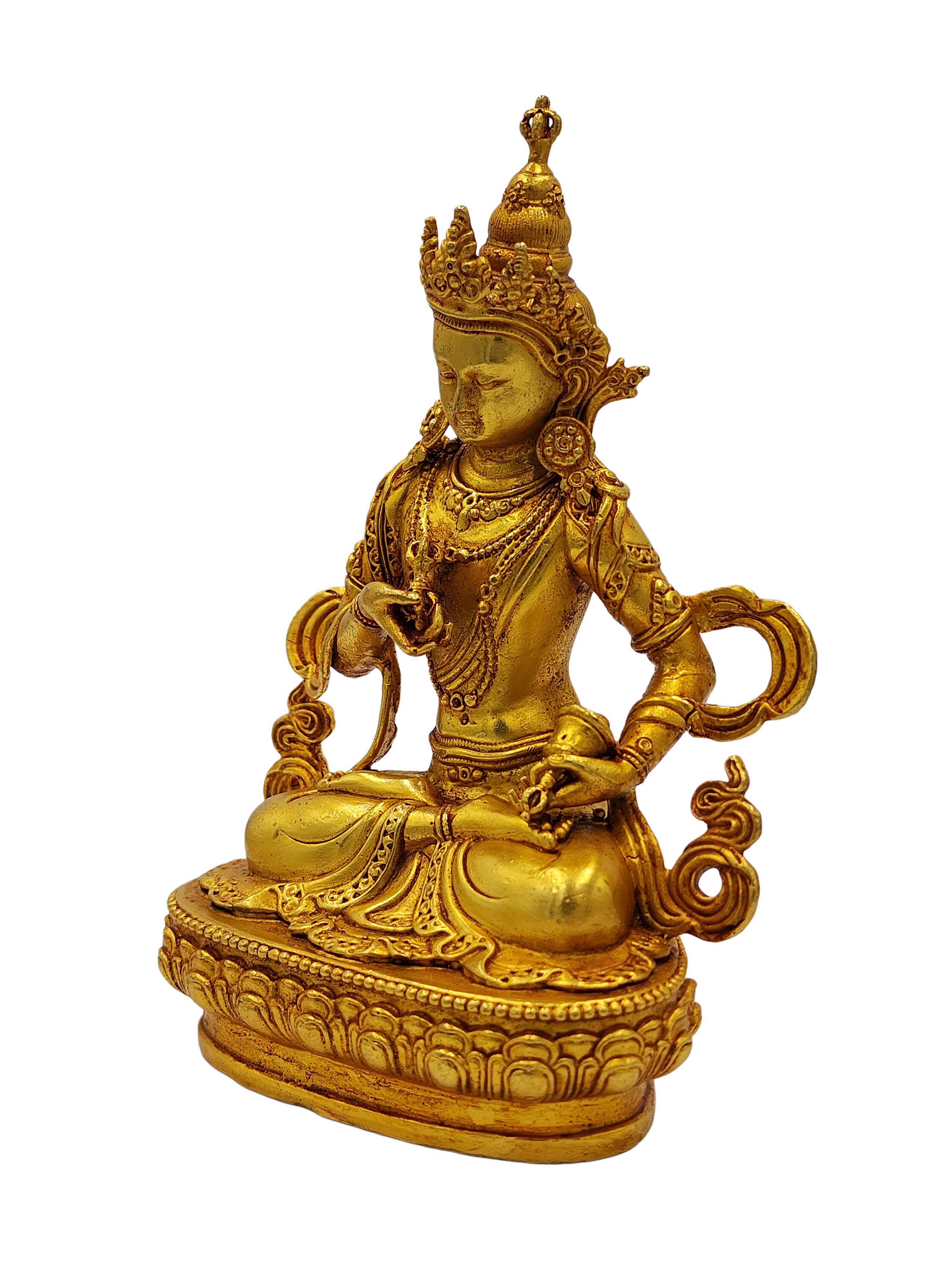 Full Gold Plated" title="Vajrasattva, Buddhist Miniature Statue,
Full Gold Plated" title="Vajrasattva, Buddhist Miniature Statue,  of Medicine Buddha,
of Medicine Buddha,  of Medicine Buddha,
of Medicine Buddha, 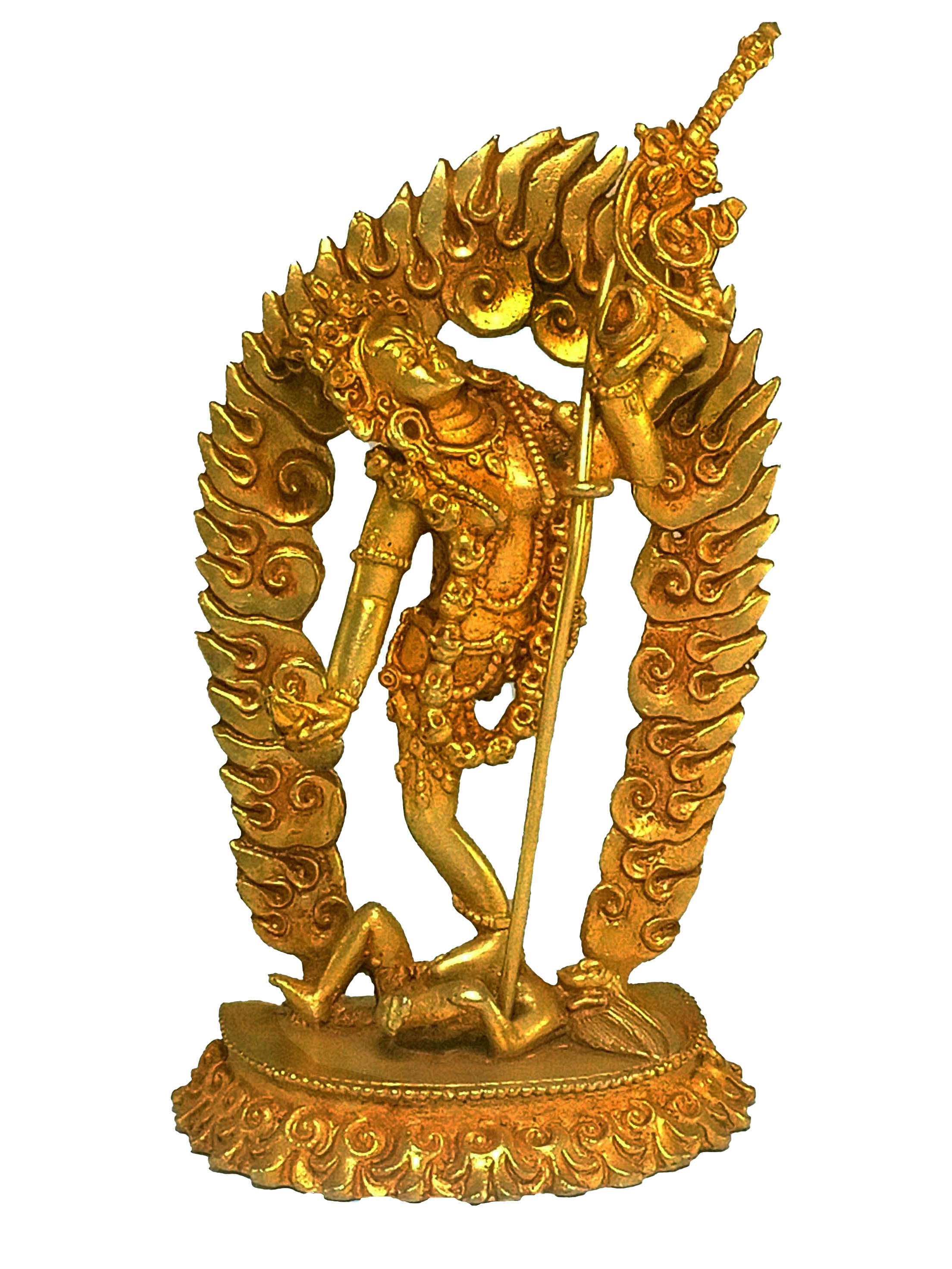 of Akash Yogini, Vidyadhari,
of Akash Yogini, Vidyadhari, 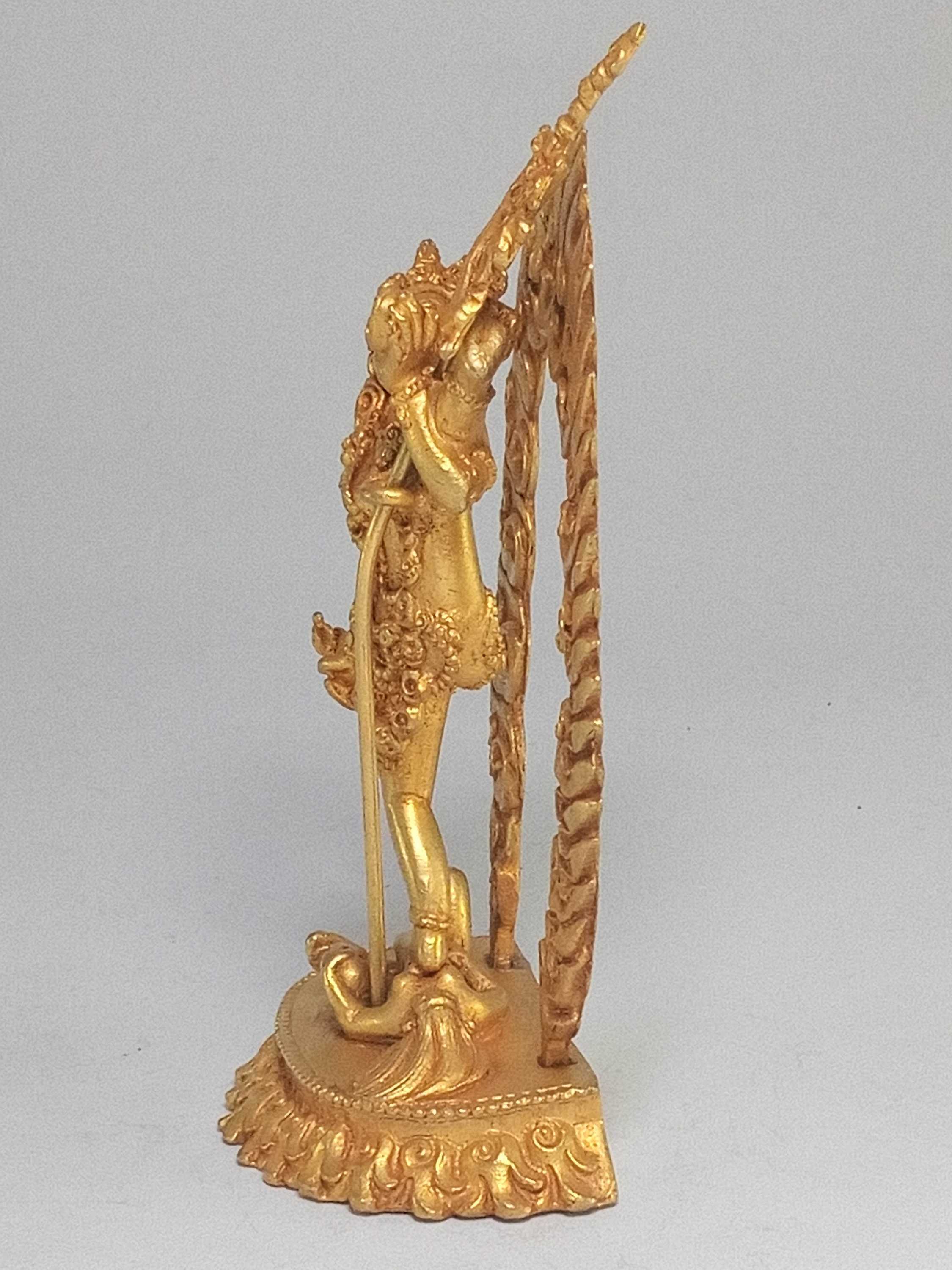 of Akash Yogini, Vidyadhari,
of Akash Yogini, Vidyadhari,  of Yellow Jambhala
of Yellow Jambhala 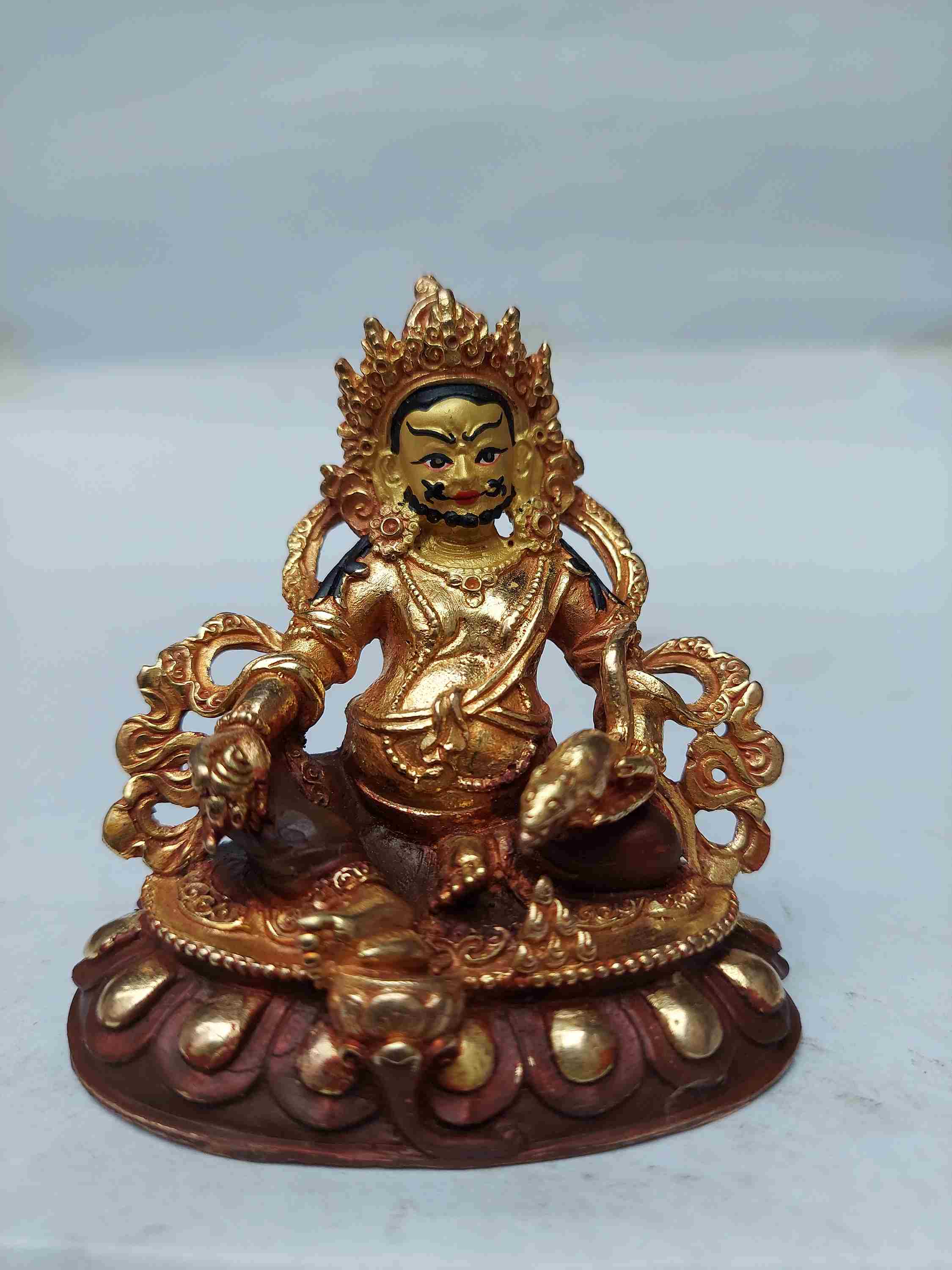 of Yellow Jambhala
of Yellow Jambhala  of Shakyamuni Buddha
of Shakyamuni Buddha 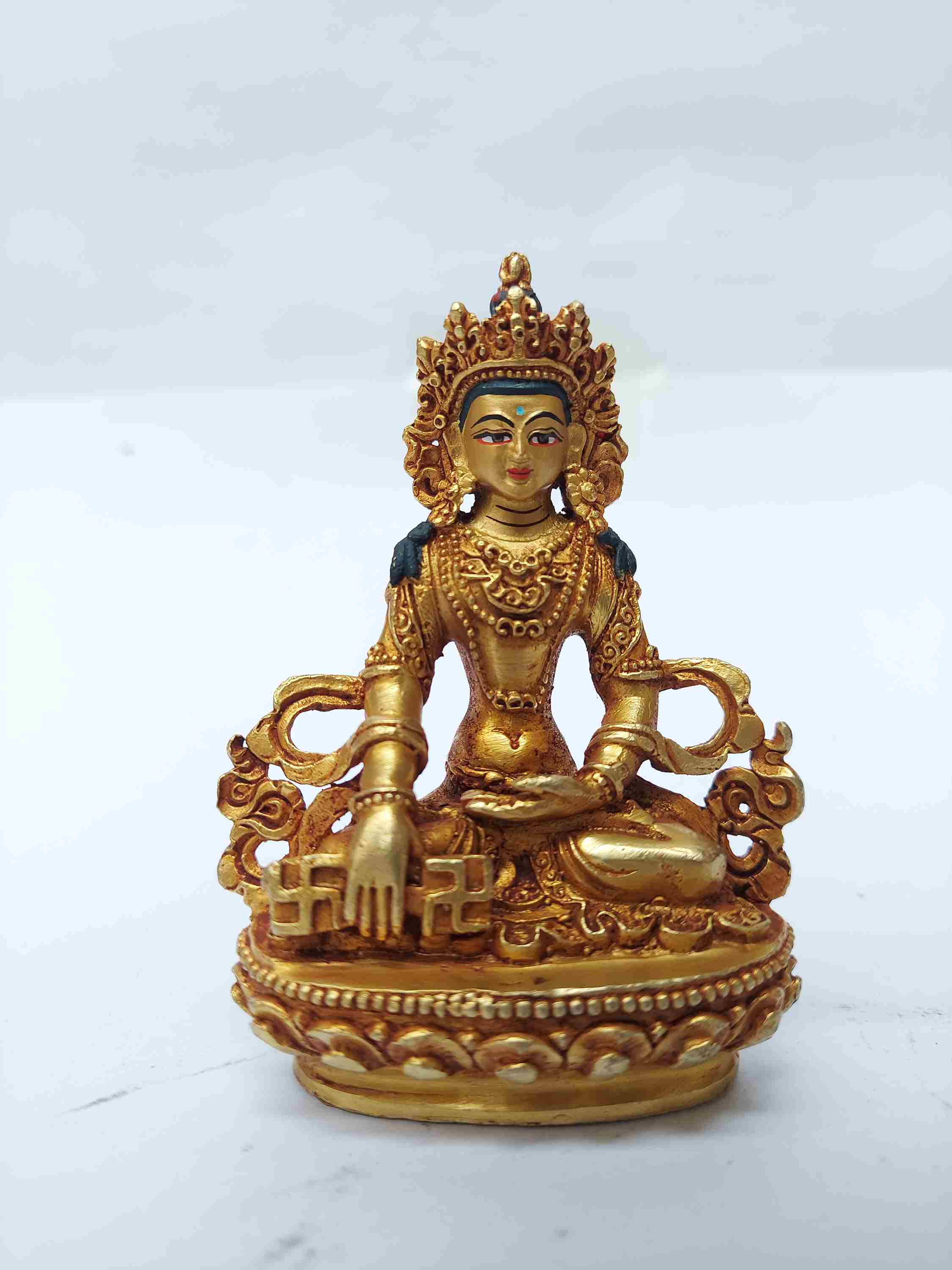 of Shakyamuni Buddha
of Shakyamuni Buddha